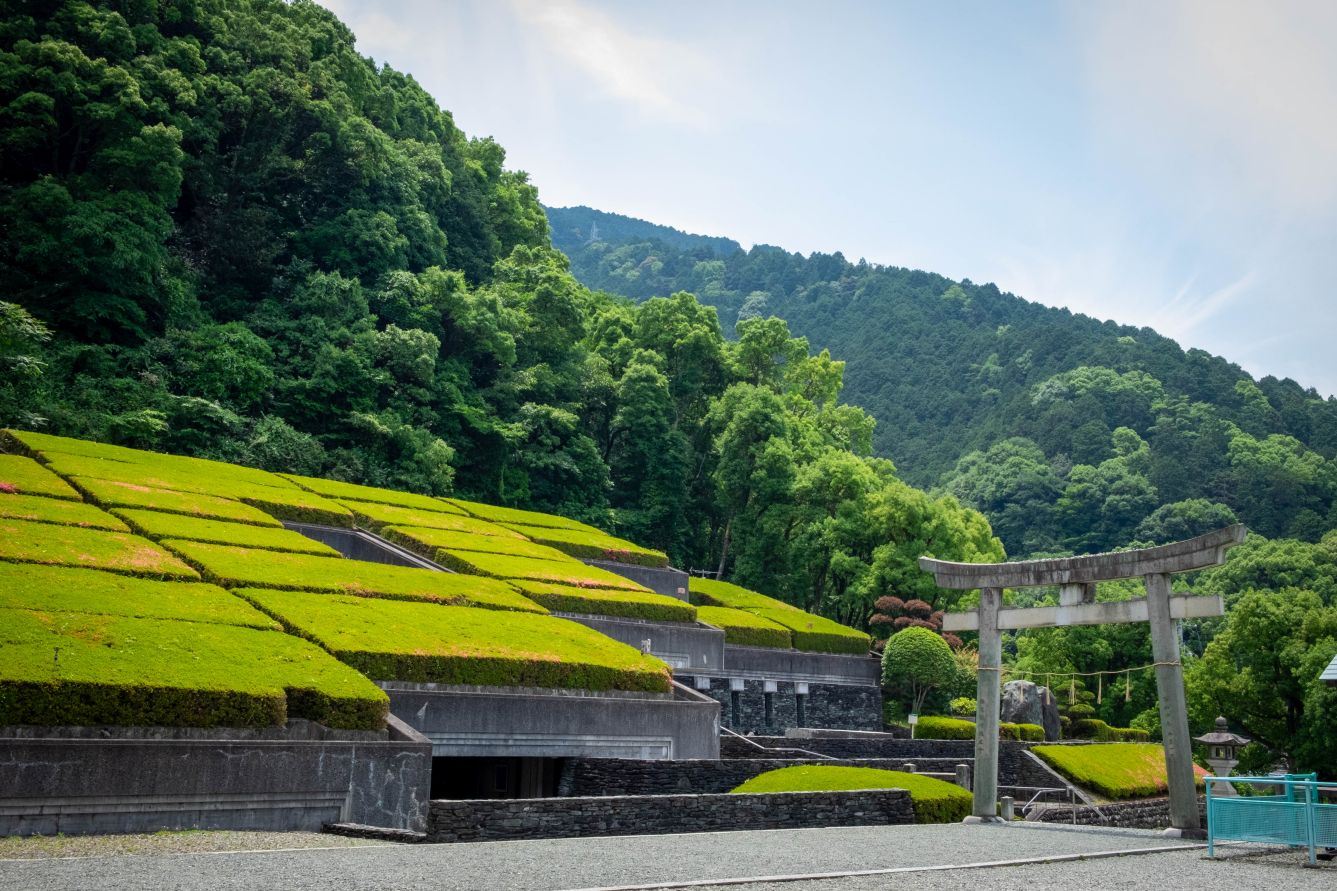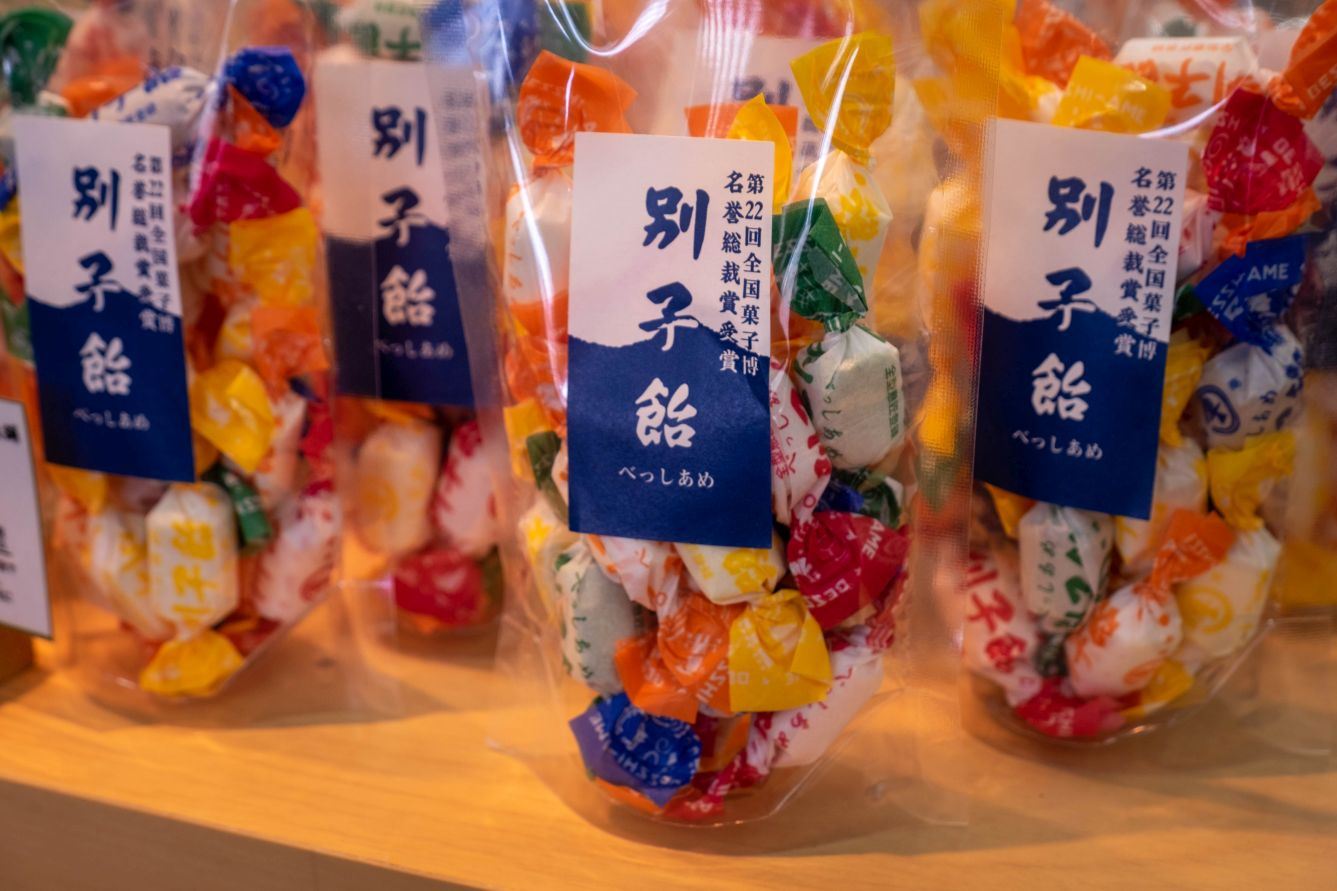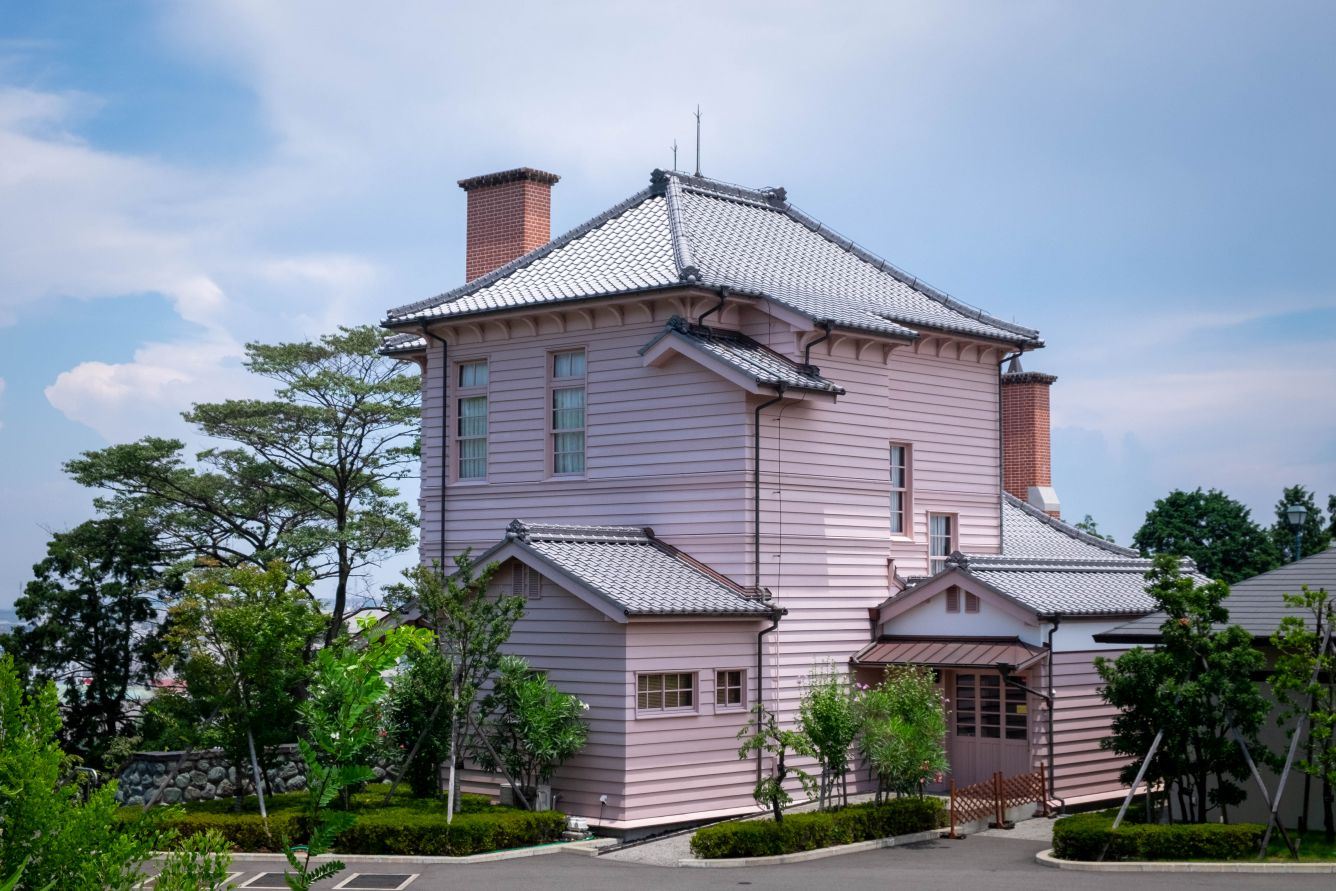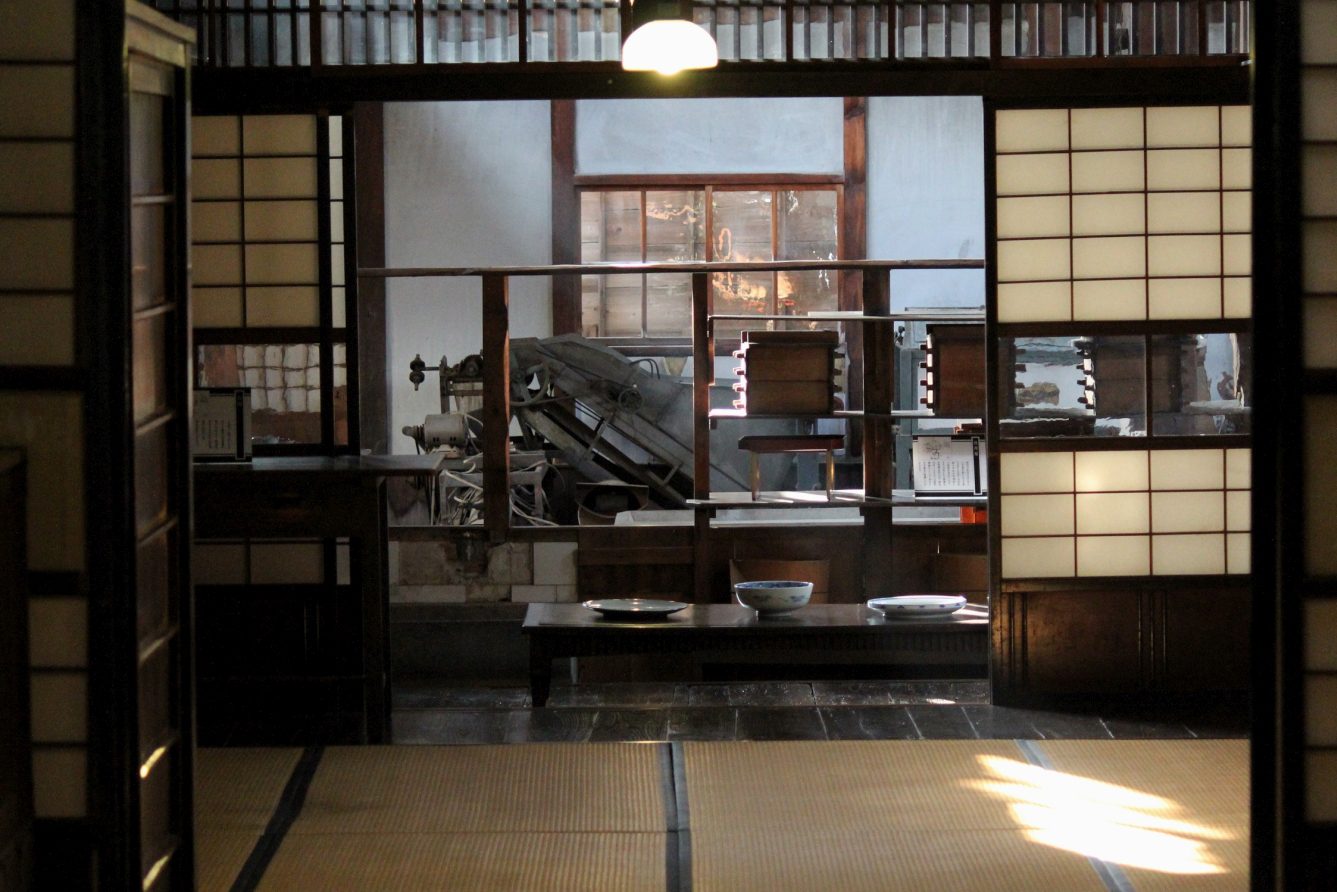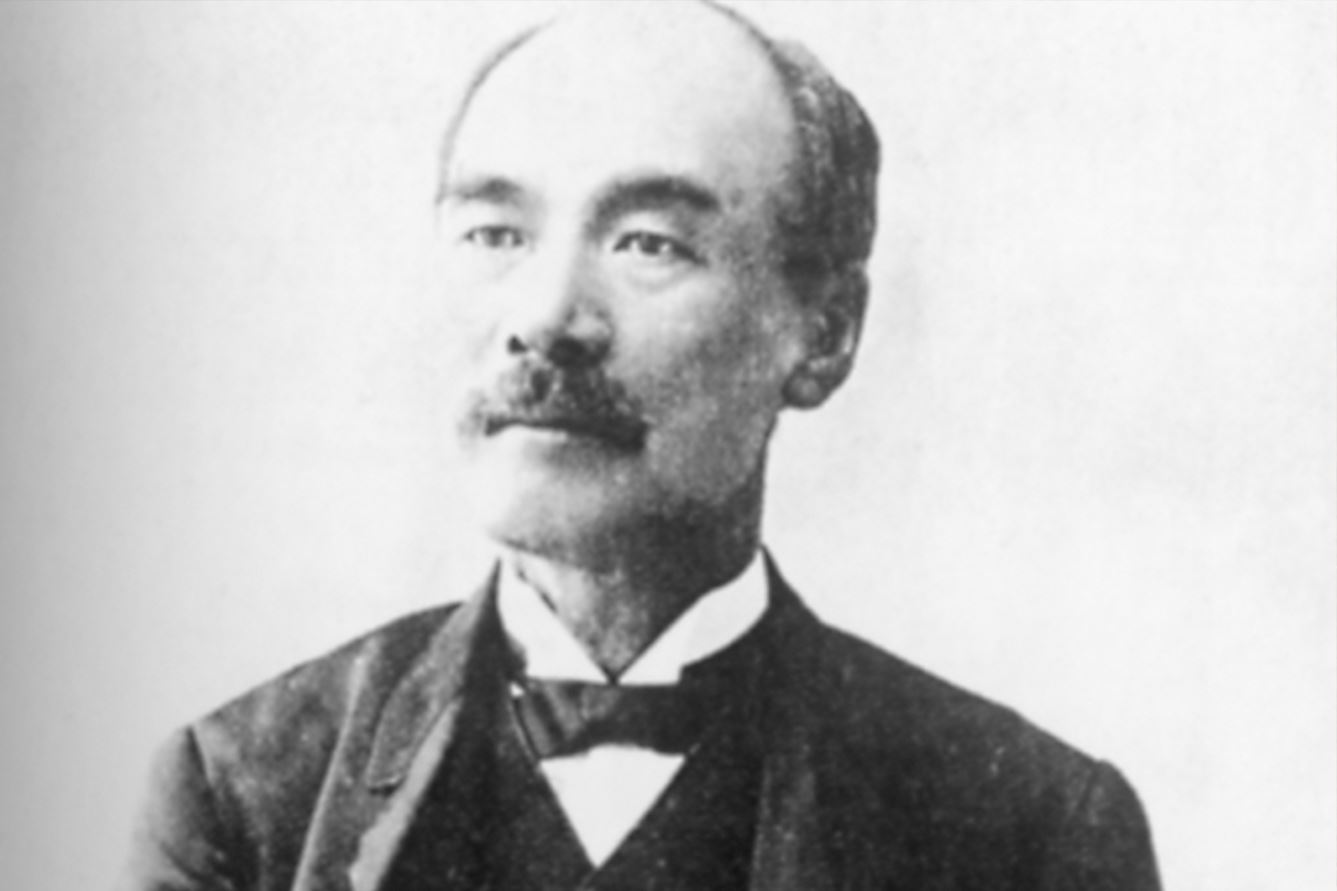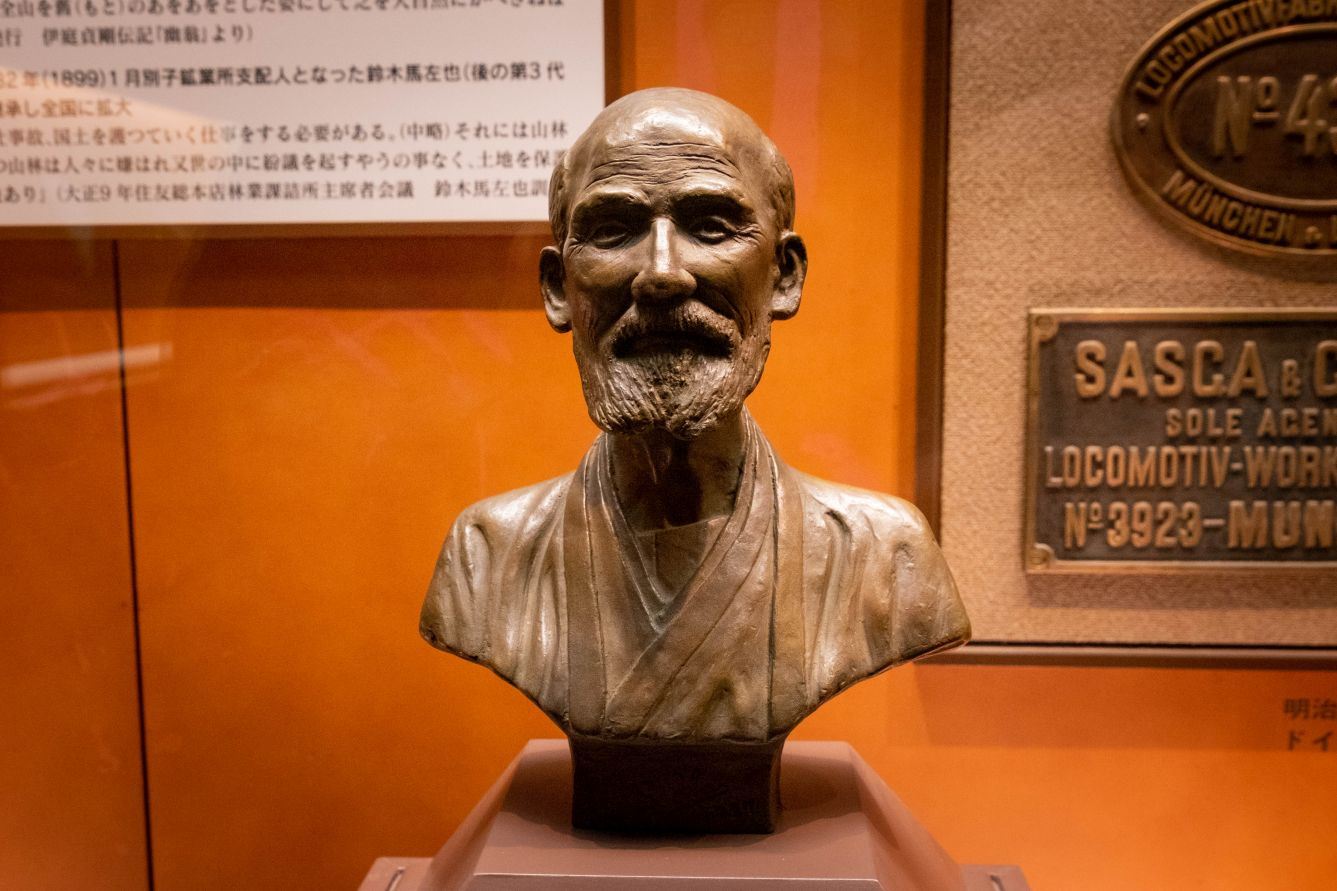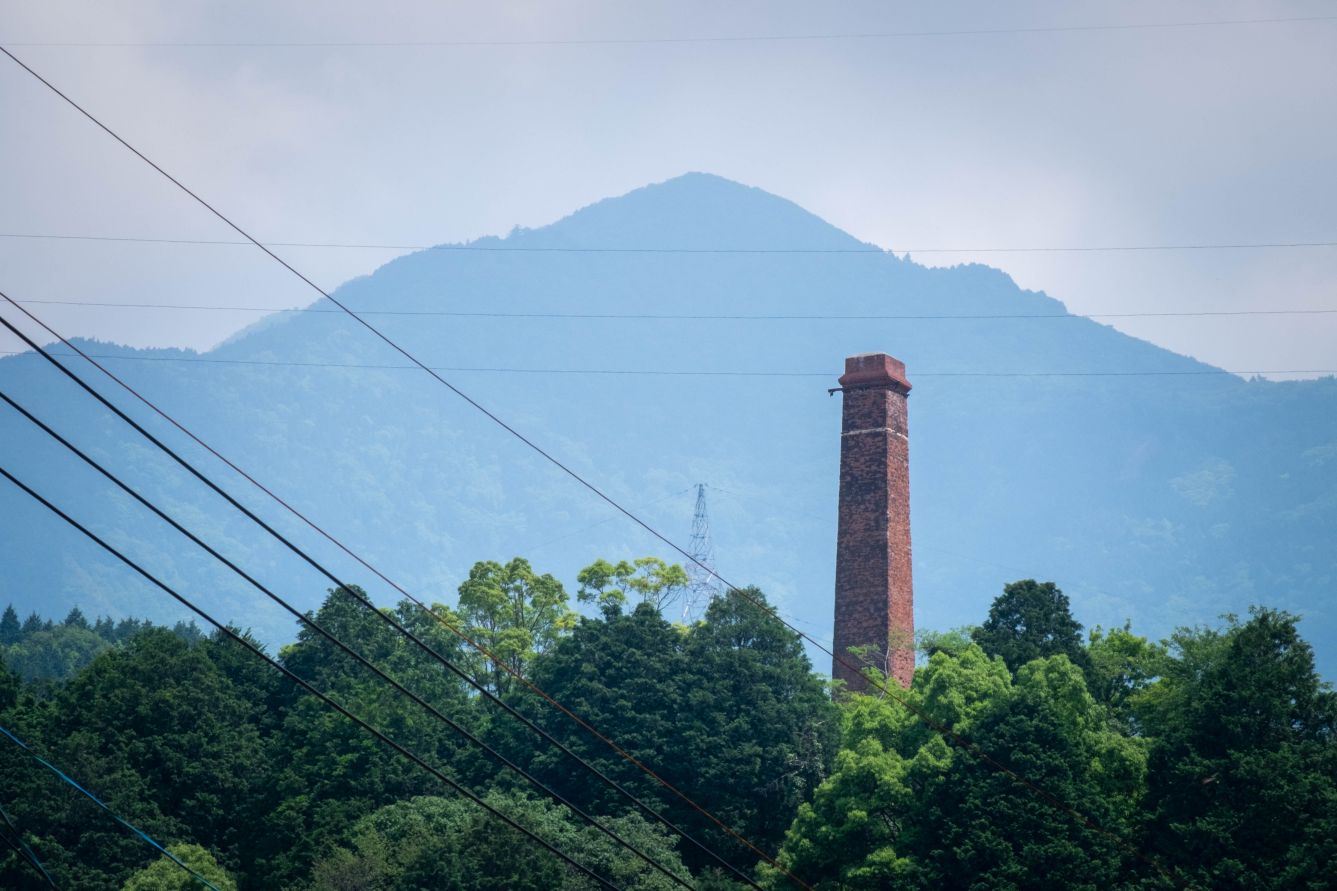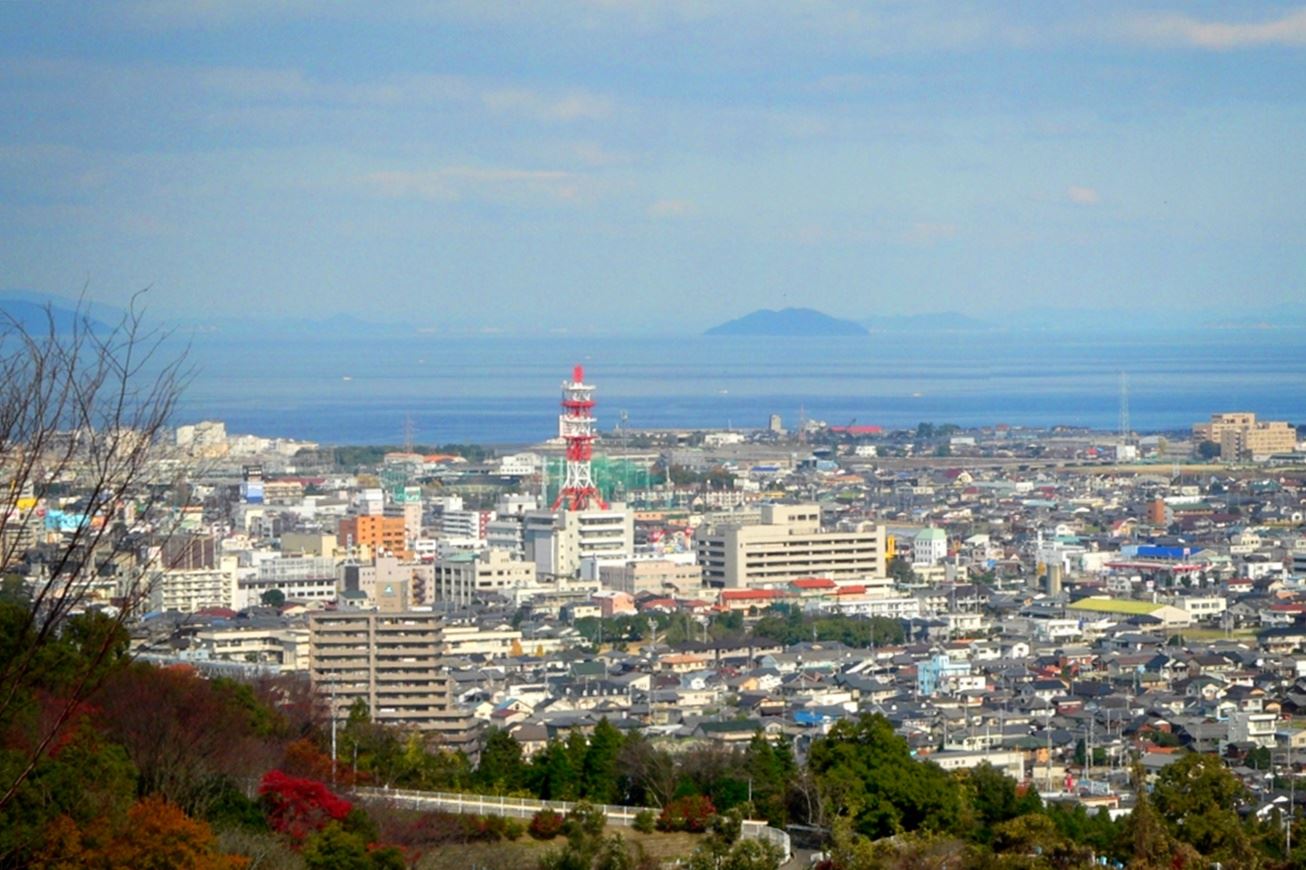Besshi Copper Mine
Home » Besshi Copper Mine
Besshi Copper Mine
Minetopia Besshi is an educational and leisure area based around the site of the Besshi Copper Mine in Niihama. It comprises two sites, the Hadeba zone in the valley bottom, and the Tōnaru zone located high on the mountainside.
History
Discovered in 1690 in the Edo period, Besshi produced about 700,000 tons of copper in the 282 years to 1973, contributing to Japan’s trade and modernization. It was consistently run by the Sumitomo family, who continued to develop related businesses. Products of the mine were the basis for Sumitomo to become a huge conglomerate representing Japan.
The first mining started in the steep mountains over 1,000 m above sea level at the former Besshiyama Village, but over time the centre moved to the Niihama side, and the appearance of the mountains changed accordingly. The total length of the mine shafts is 700 km, and the deepest part is 1,000 m below sea level, the deepest part of the earth reached by humans in Japan.
Over the centuries, several incidents of river poisoning occurred. The Yoshino River was affected in 1819, and the Dōzan River Incident occurred in 1900. Smoke from smelters in today’s Niihama caused damage to rice on the fertile plains between the mountains and sea, so the smelters were moved to Shisaka Island. However, the smoke continued to affect crops until a very tall chimney was built in 1924. The area around the mine was stripped of its trees which were used for mine reinforcement and fuel.
As the mine developed, thriving communities grew on the mountainside, with all the usual functions of small towns.
The horseback statue of Kusunoki Masashige in front of the Imperial Palace was dedicated in 1900 with copper from the Besshi Copper Mine.
The mine closed in 1973 and the mining communities left the mountain. A tree planting program helped to restore the mountain to a natural environment where the industrial heritage stood undisturbed. But when Besshiyama Village was merged with the city of Niihama, the industrial archaeology was developed into an integrated tourism resource. There is now a movement to register Besshi as a UNESCO World Heritage Site. The mine is managed continuously to prevent water pollution.
The Hadeba zone
The Hadeba zone stands at the bottom of a deep valley. This theme park offers edutainment using the infrastructure of the disused mine. You cross a bridge over the river and arrive in front of the Minetopia Main Building housing shops and a restaurant. From here, you can take short train ride through a tunnel and over a bridge to the Edutainment Park. The train is an accurate replica of the trains used on the mine railway. In the little station, rolling stock and equipment from the actual railway are on display. From here, you cross another bridge and enter a tunnel which was used for storing explosives.
Inside the tunnel is a museum showing what the mine was like in the Edo period and modern times. There’s also a mine-themed play area, where children (and adults) can get a feel for what working in the mine was like.
In the Edo period, workers descended into the mine with only lamps made of seashells and whale oil to light the way. Water had to be pumped out of the mine constantly, with hundreds of men operating relays of hand pumps in gruelling two-hour shifts, day and night. The ore was carried out by male and female porters bearing loads of up to 40 kg. In modern times, electric lamps replaced seashells, and hydraulic drills replaced picks. The railway eliminated the need for porters, and enabled vastly increased loads to be moved. Vivid dioramas show the technical and human aspects of the mine through the ages.
You can walk back to the Main Building which is surrounded by attractive gardens. Here you can try your hand at panning for gold and gemstones, and there’s a natural hot spring, Tenku-no-Yu, where you can take a bath if you like.
The Tōnaru zone
Accessed by a steep and winding mountain road, the Tōnaru zone is popularly known as the Machu Picchu of the East, for its massive stone walls and brick structures standing on the mountainside 750 m above sea level. It was the site of one of the entrances to the mine and a community of mine workers.
Exploring the ruins requires going up and down a lot of steps. Large ruins include the station of the aerial tramway which carried mined ore, passengers, and the goods which sustained the settlement of up to 5,000 people. The huge granite ore storage is particularly impressive. You can walk around the site of tunnels, an electrical substation, and the site of the hospital and theatre.
A history museum depicts the daily life on the mountainside with evocative photos, and you can make a copper relief to take home.
Information
Name in Japanese: 別子銅山
Pronunciation: besshi dōzan
Address: 707-3 Tatsukawachō, Niihama, Ehime 792-0846
Related Tours

Experience the most beautiful and interesting temples of the Shikoku Pilgrimage in seven days.

A tour for families or friends, staying in the most characterful kominka and ryokan of Shikoku.

Visit the most beautiful and interesting temples of the Shikoku Pilgrimage and walk the toughest trails.

